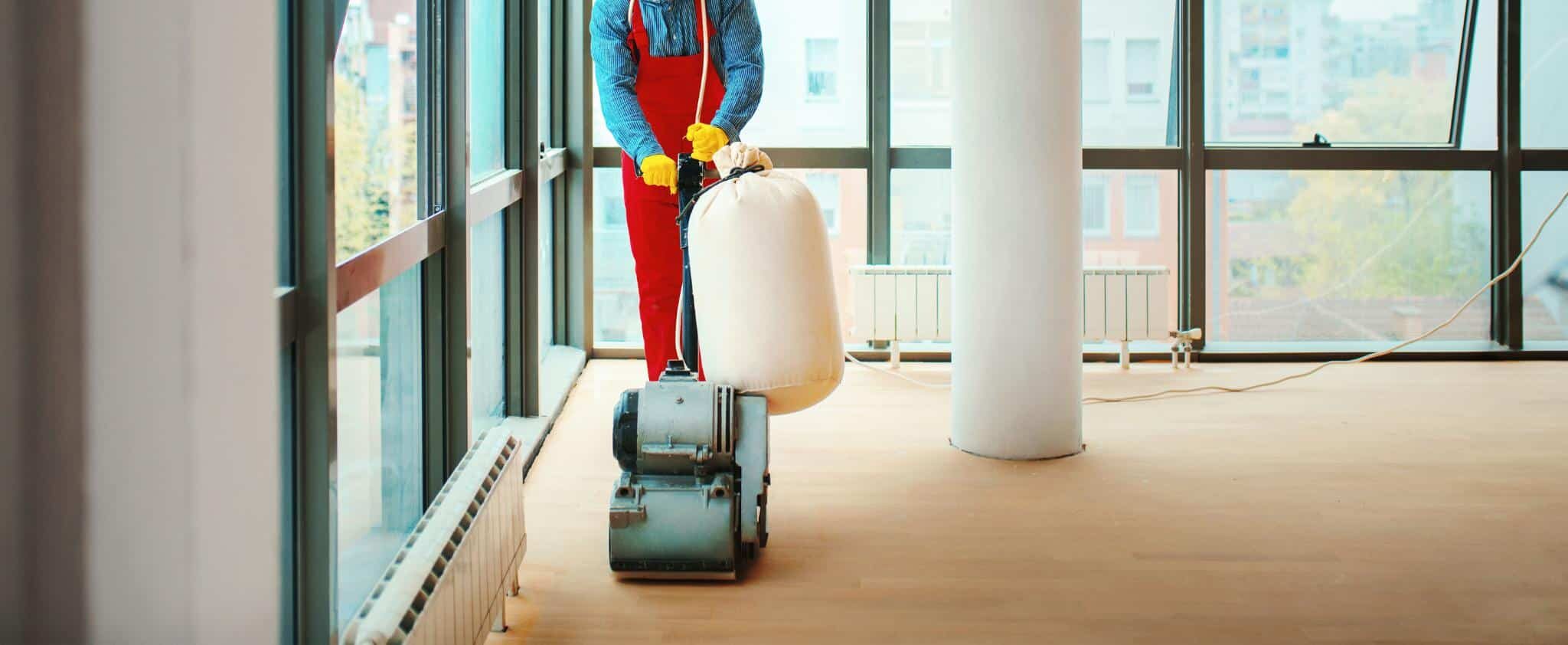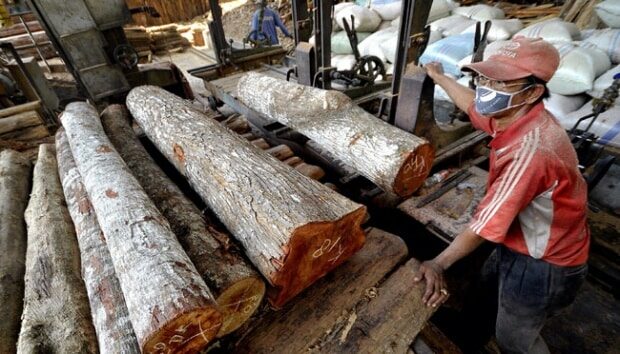London:
Nationwide:
Most common mistakes in a wood floor refinishing
Posted on April 18, 2023
Blog
Wood floor refinishing is an essential process to bring life back to your hardwood floors, restoring their original beauty and enhancing their durability. However, refinishing can be a complex task, and mistakes can lead to unsatisfactory results or even damage your flooring. In this comprehensive guide, we will discuss the most common mistakes in wood floor refinishing and provide tips on how to avoid them to achieve a flawless finish on your floors.
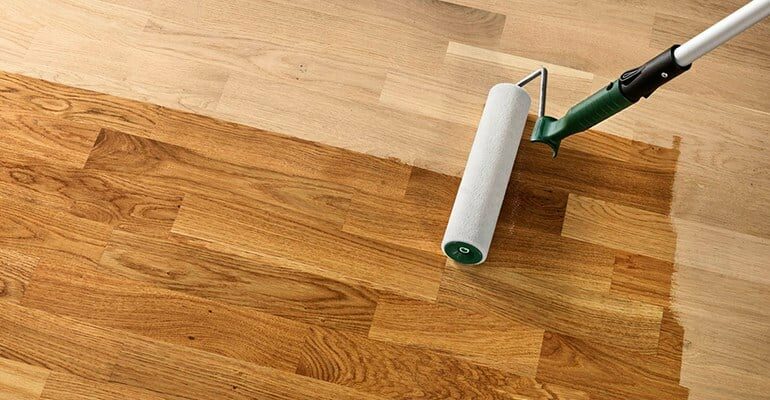
1. Insufficient preparation
One of the most common mistakes homeowners and DIY enthusiasts make is not properly preparing the floor for refinishing. This can include failing to:
a. Thoroughly clean the floor: Before you start sanding, make sure to remove all dust, dirt, and debris from the floor. This will prevent the sandpaper from getting clogged and ensure a smooth finish.
b. Repair damaged areas: Inspect your floor for any damaged boards, gaps, or cracks and repair them before sanding. Failing to do so can lead to an uneven surface and further damage to the wood.
c. Remove baseboards and furniture: To ensure an even sanding and refinishing process, remove all furniture and baseboards from the room. This will prevent any obstacles from interfering with the sanding and refinishing process.
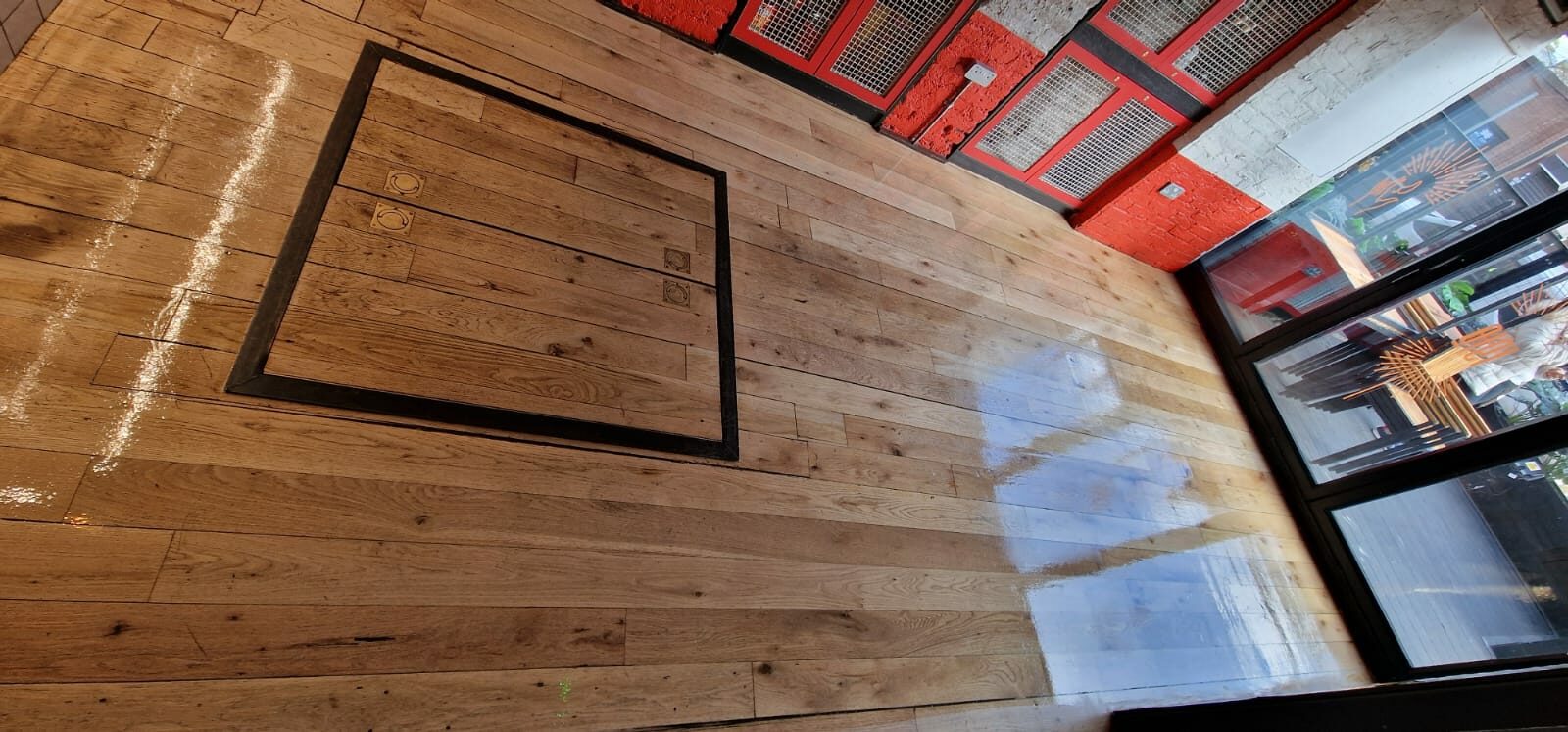
2. Choosing the Wrong Sandpaper Grit
Selecting the correct sandpaper grit is crucial to achieving a smooth and even finish. Using a grit that’s too coarse can cause deep scratches, while using a grit that’s too fine can result in an uneven surface.
To avoid these issues, start with a coarser grit (e.g., 36 or 40) to remove the old finish and gradually progress to finer grits (e.g., 60, 80, and 100) to smooth out the surface. Always follow the manufacturer’s recommendations for the type of flooring you’re working with.
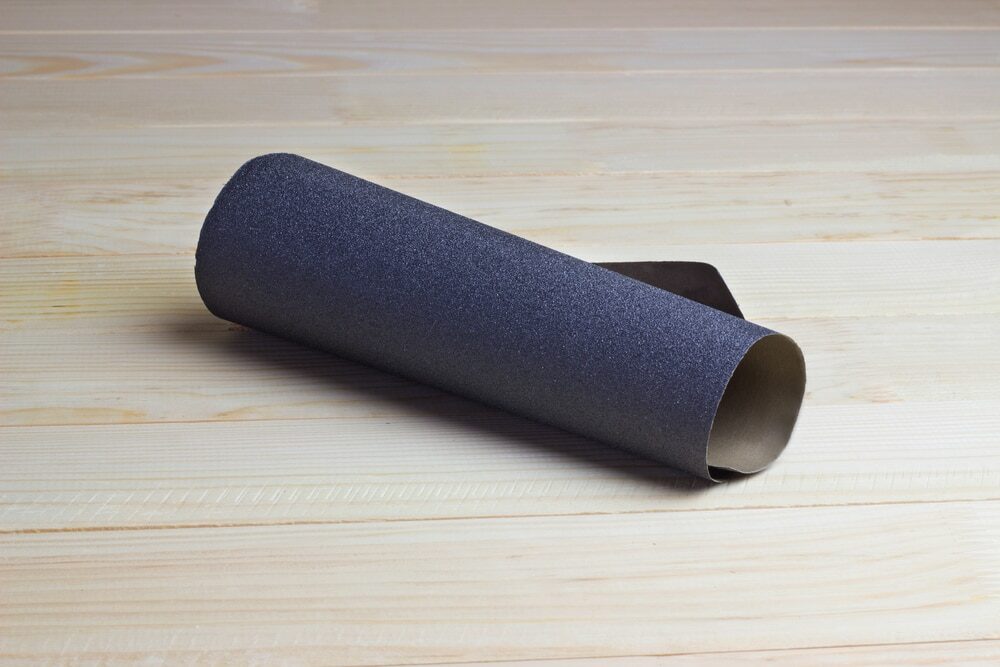
3. Inadequate sanding
Improper sanding can lead to several issues, including:
a. Uneven sanding: Applying too much pressure or using an uneven motion while sanding can result in an uneven surface. To avoid this, apply consistent pressure and use a steady, back-and-forth motion.
b. Cross-grain sanding: Sanding against the grain can cause deep scratches and damage the wood fibres. Always sand in the direction of the wood grain to minimise damage.
c. Not sanding enough: Failing to remove all of the old finish can cause the new finish to adhere poorly and result in an uneven appearance. Ensure that you’ve removed all traces of the old finish before applying the new one.
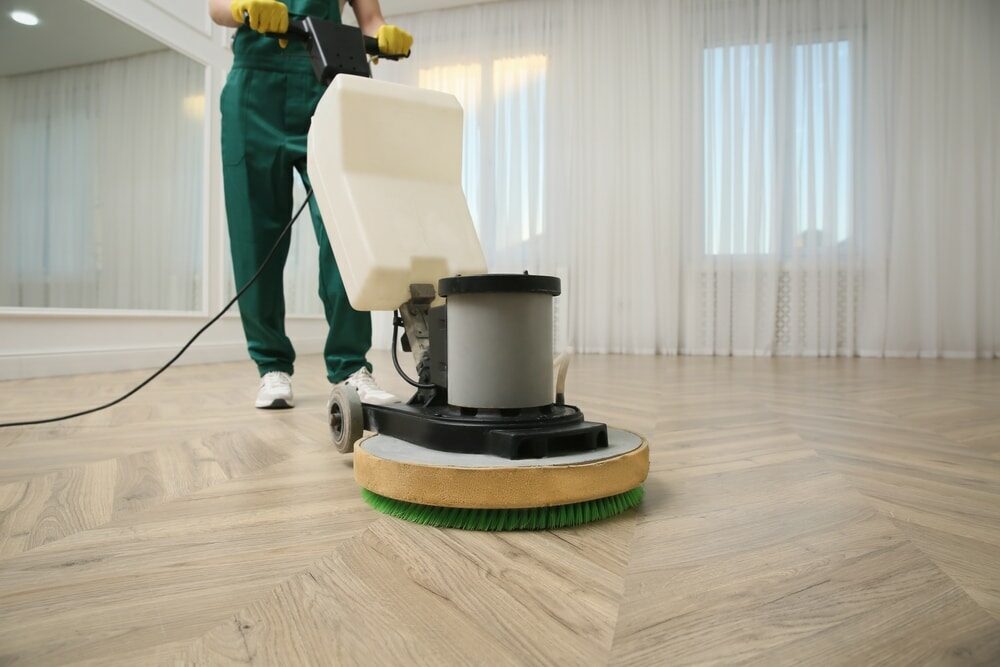
4. Applying the Finish Incorrectly
Applying the finish correctly is crucial to achieving a beautiful, long-lasting result. Common mistakes include:
a. Applying too much finish: Using too much finish can cause it to pool or create an uneven surface. Apply the finish in thin, even coats, allowing each coat to dry thoroughly before applying the next one.
b. Applying too few coats: Applying too few coats of finish can result in inadequate protection and a short lifespan for your floors. Follow the manufacturer’s recommendations for the number of coats required for optimal protection.
c. Not allowing enough drying time: failing to allow the finish to dry completely between coats can result in a cloudy or uneven appearance. Follow the manufacturer’s instructions for drying times to ensure a proper finish.
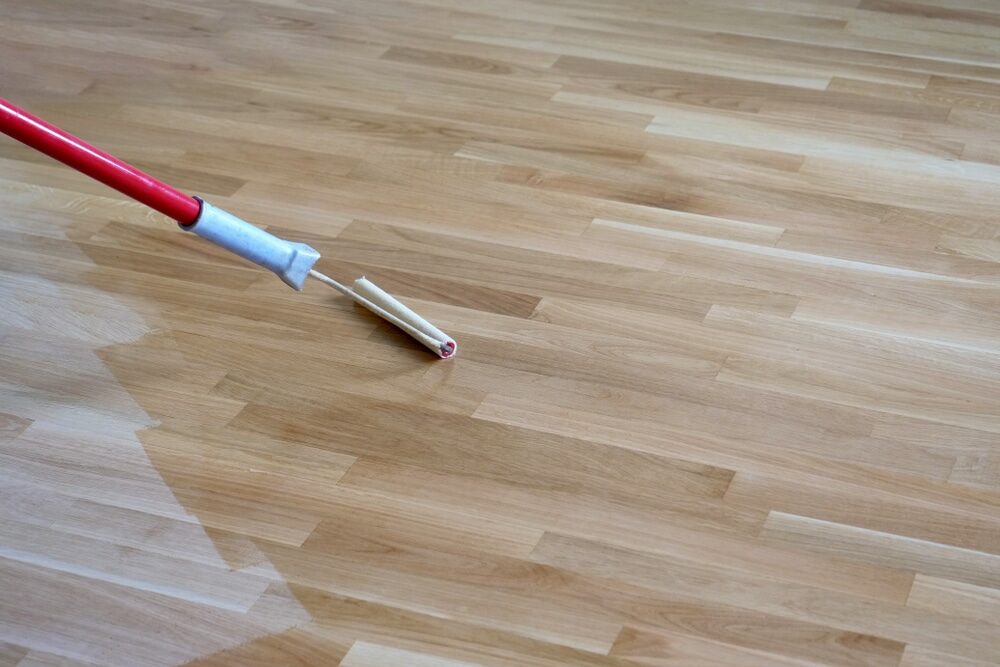
5. Skipping the buffing process
Buffing the floor between coats of finish helps to smooth out any imperfections and create a more even surface. Skipping this step can result in a rough or uneven finish. Use a floor buffer with a fine-grit
Use a screen or pad to gently buff the floor between coats, ensuring that you follow the grain of the wood. After buffing, vacuum and wipe down the floor with a microfiber cloth to remove any dust and debris before applying the next coat of finish.
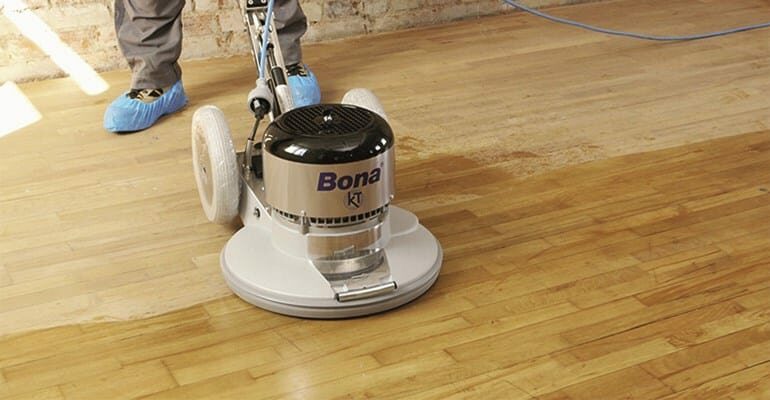
6. Using Incompatible Products
Using products that are not compatible with your wood floor or each other can lead to a host of problems, including peeling, cracking, or discoloration. To avoid these issues, be sure to:
a. Select products specifically designed for wood floors: Always use products that are specifically formulated for hardwood floors, as other products may contain chemicals that can damage the wood.
b. Follow manufacturer recommendations: Follow the manufacturer’s instructions for product compatibility, application methods, and drying times. Mixing products from different manufacturers or using them in ways not recommended can result in an unsatisfactory finish or damage to your floor.
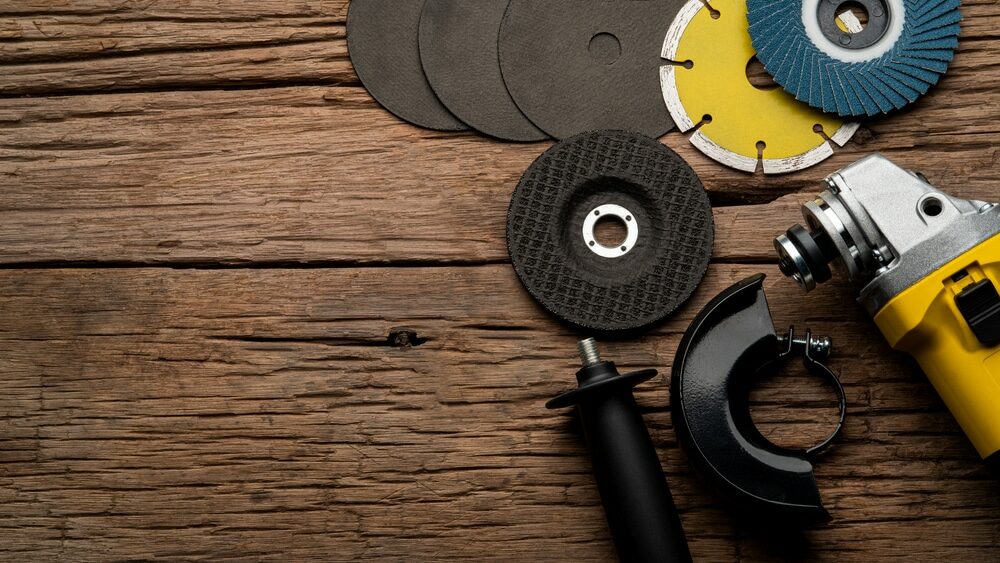
7. Ignoring safety precautions
Refinishing wood floors involves using potentially hazardous materials and equipment, so it’s essential to take safety precautions seriously. Common safety mistakes include:
a. Failing to wear proper safety gear: Always wear safety goggles, gloves, and a dust mask or respirator while sanding and refinishing your wood floors. This will protect you from dust, debris, and harmful fumes.
b. Not ventilating the area: Ensure adequate ventilation while working with wood floor refinishing products, as they can produce strong fumes. Open windows and doors, and use fans to circulate the air and help dissipate fumes.
c. Ignoring fire hazards: Some wood floor refinishing products, like stains and finishes, are flammable. Store them safely away from heat sources, and never smoke or use open flames near them. Properly dispose of any rags, brushes, or other materials soaked in these products, as they can spontaneously combust.
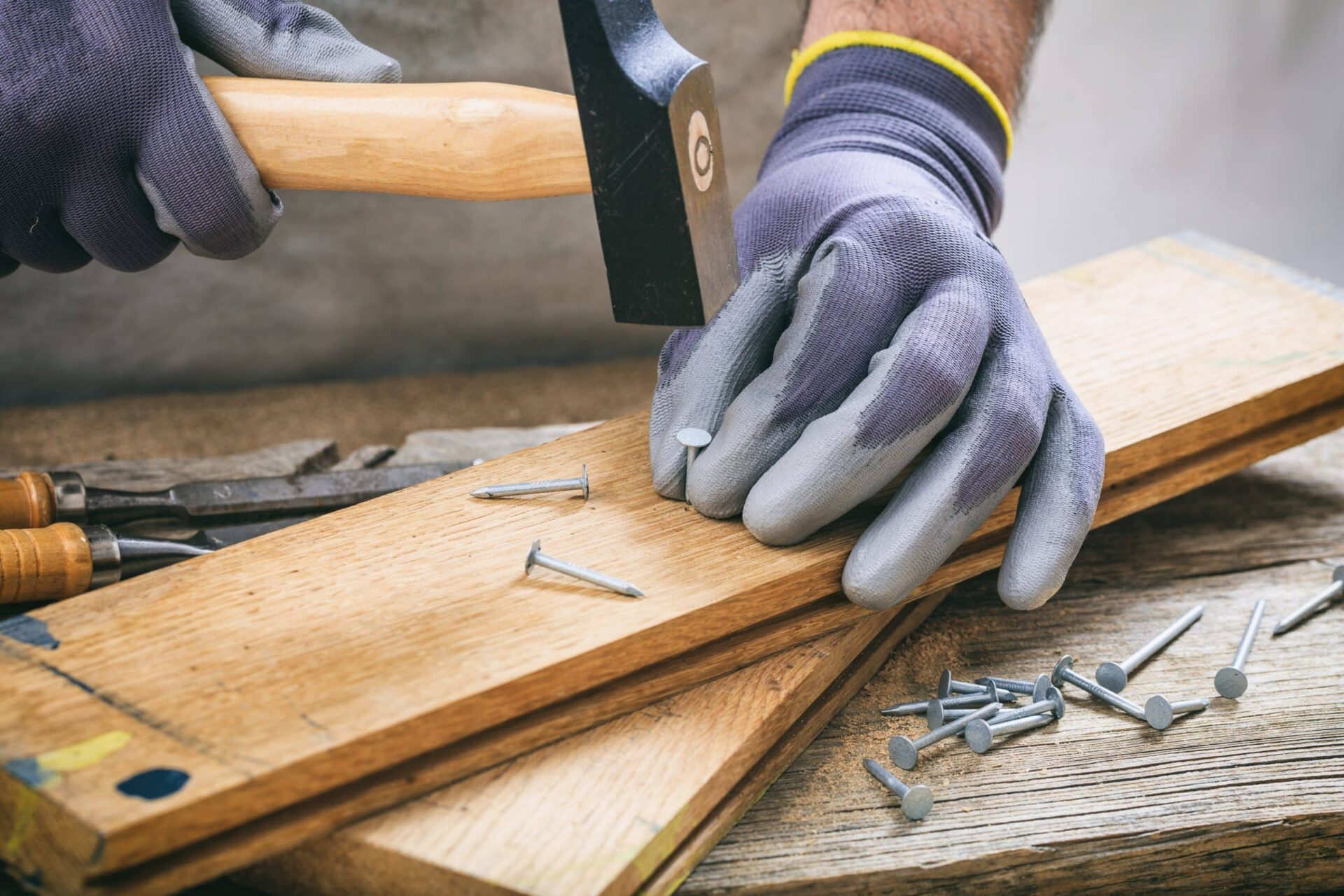
8. Rushing the process
Refinishing wood floors is a time-consuming process, and rushing through it can lead to numerous mistakes and an unsatisfactory result. To avoid this, give yourself ample time to complete each step of the process, and don’t try to cut corners.
9. Inadequate Maintenance
After refinishing your wood floors, it’s crucial to maintain them properly to keep them looking their best and prolong their lifespan. Common maintenance mistakes include:
a. Not using floor protectors: Always use felt pads or floor protectors on furniture legs to prevent scratches and dents on your newly refinished floor.
b. Using abrasive cleaning tools: Avoid using steel wool, scouring pads, or abrasive cleaners on your wood floors, as they can scratch and dull the finish.
c. Not cleaning spills immediately: Clean up spills as soon as they occur to prevent stains and damage to the finish.
d. Using harsh cleaning products: Stick to gentle, pH-neutral cleaning products specifically designed for hardwood floors to avoid damaging the finish.
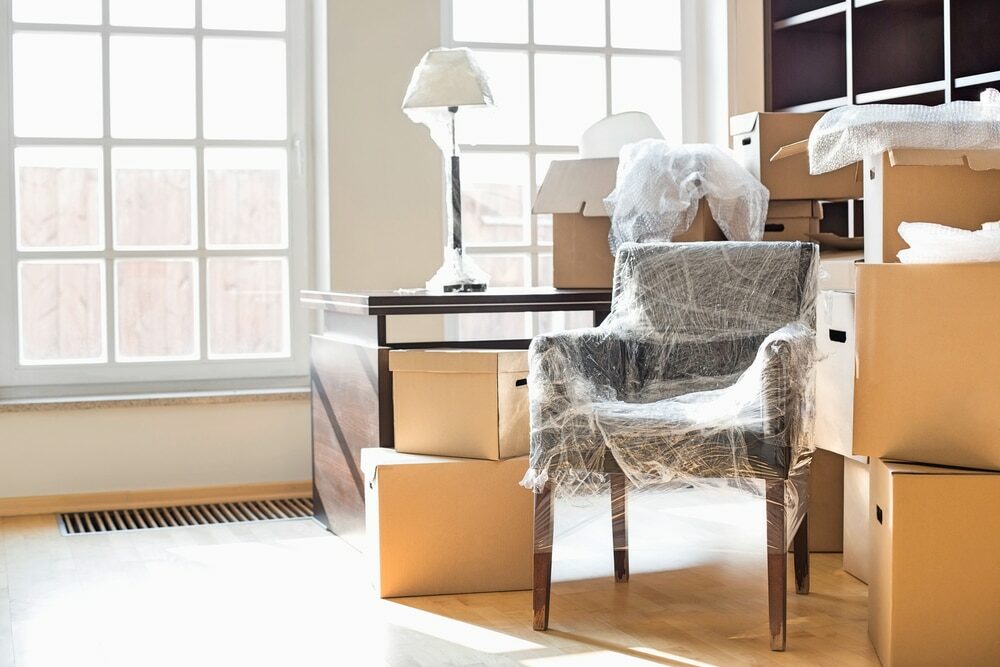
Some Useful Links:
- Wood Floor Oiling
- Wood Floor Renovations
- Hardwood Floor Polishing
- Stairs Sanding & Refinishing
- Wooden Floor Sealing & Varnishing
Conclusion
By avoiding these common mistakes in wood floor refinishing, you can achieve a beautiful, durable, and long-lasting finish for your hardwood floors. With proper preparation, attention to detail, and ongoing maintenance, your refinished floors will continue to enhance the beauty and value of your home for years to come.
More from our Blog:
Enhance Your Floor’s Shine: Expert Tips
Important advice you need to follow before you start floor restoration project
A Comprehensive Guide to Maintaining Your Floor’s Finish

Sanding
We provide virtually dust-free sanding with our continuous belt machinery with mobile extraction units, giving you a safer environment for your family.
Oiling
This organic finish not only adds beauty to your home but also has exceptional water-repellent characteristics, making it easier to clean and maintain.
Waxing
This natural floor finish offers the softest and most mellow appearance – and leaves your floor able to breath.
Buffing
Using soft buffing machines (and hand-polishing where required) will bring a wonderful sheen to your newly-finished floor.
Repairs
We offer a full assessment of your wooden floors to determine what repairs are needed to provide the perfect working surface for the later stages of sanding, staining and sealing.
Restoration
We offer a comprehensive restoration process designed to address floors that are improperly fitted or damaged over time through wear and tear.
Request a fixed price quote for your wood floor restoration now
Simply enter your postcode below to get started.
Services
Wood Floor Sanding Wood Floor Restoration Wood Floor Scratch Repair Squeaky Wood Floor Repair Parquet Floor Sanding Parquet Floor Restoration Commercial Floor Sanding Church Floor Sanding Community Centre Floor Sanding School Floor Sanding Gap Filling Gap Filling with ResinCopyright © Mr Sander®
Privacy & Cookies Terms & Conditions Complaints Procedure Cancellation Rights Sitemap
